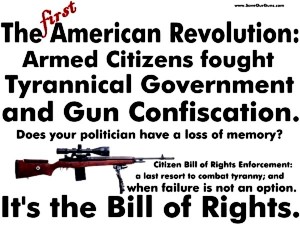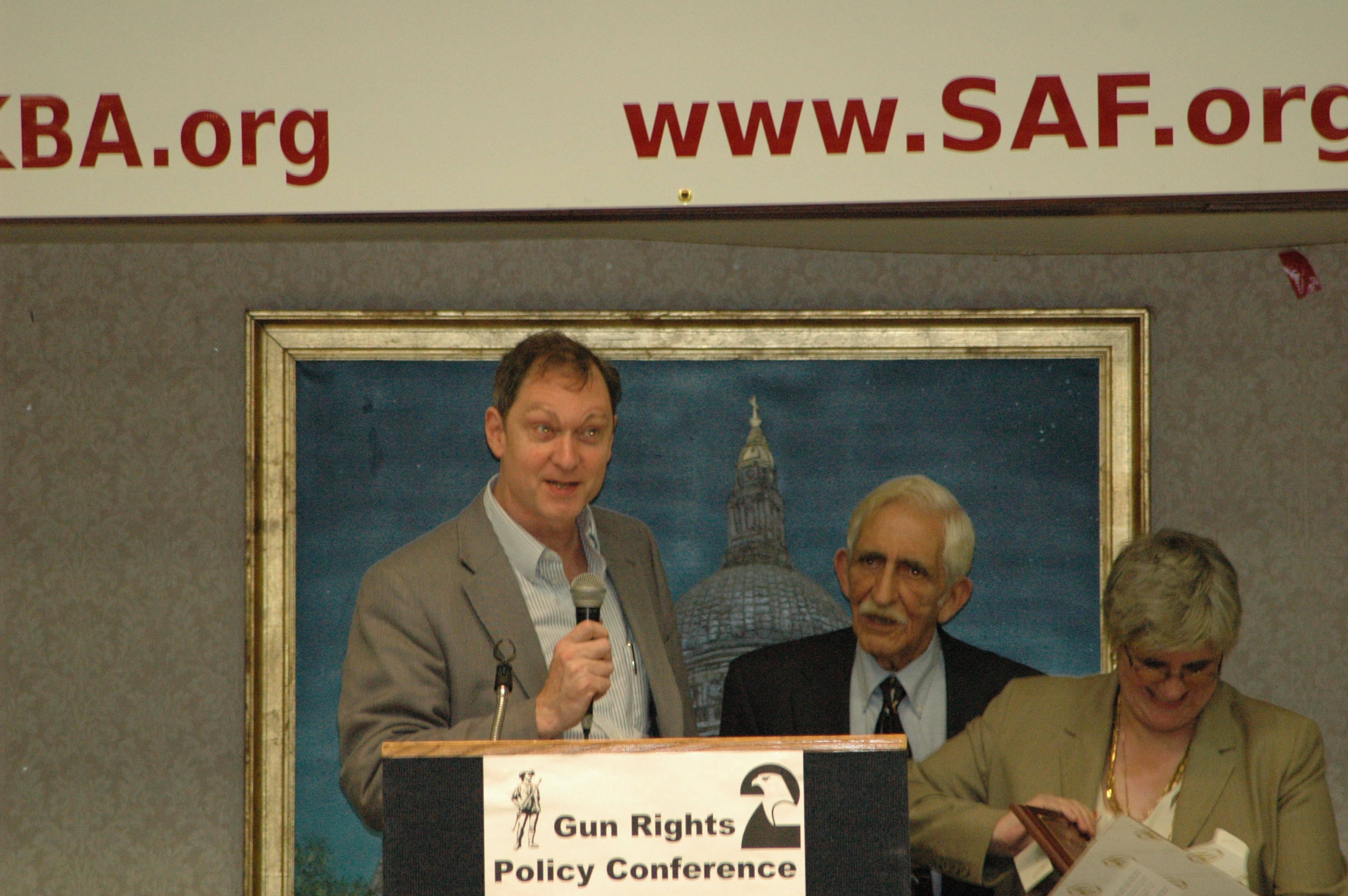This post challenges the belief that ‘gun-free zones’, areas such as schools and work place institutions, are breeding grounds for a mass shooting. The commonly held belief that mass shooters are attracted to gun-free, vulnerable areas is shown to lack evidentiary substantiation. The idea that schools have been made safer by armed guards is also challenged.
Myth:
“…research into gun crimes indicates that establishing ‘gun-free zones’ (at schools, for example) actually makes mass shootings more likely…” – John Lott
“Politicians pass laws for gun-free school zones. They issue press release bragging about them. They post signs advertising them, and in doing so, they tell every insane killer in America that schools are the safest place to inflict maximum mayhem with minimum risk.” – Wayne LaPierre
“Would you feel safer with a sign on your house saying ‘this house is a gun-free zone’? But if you wouldn’t put these signs on your home, why put them elsewhere?” – John Lott
Overview of Pro-Gun Arguments:
- Criminals are attracted to areas where they won’t face armed resistance. Mass shooters in particular are interested in maximizing the number of people they can kill, and thus avoid areas where a lot of people carry guns.
- Mass shootings would be more likely and more deadly in areas where there are no armed citizens ready to take down the shooter. After all, the only way to stop a bad guy with a gun is a good guy with a gun.
- Places with higher levels of gun control like cities have higher levels of gun homicides, which stems from a lack of armed good guys. Gun laws only prevent the law abiding from being adequately armed to stop bad guys.
- Whether gun-free zones attract shooters has no bearing on the effect of gun-free zones. What matters is that shooters cannot easily be stopped in gun-free zones. Whether they attract shooters doesn’t matter when the fact remains that shootings that occur in gun-free zones are extremely difficult to stop specifically because they are in gun-free zones.
Reality
(6/19/15: For a more up-to-date examination of the Gun-Free Zone Myth, please read our recent article: http://www.armedwithreason.com/debunking-the-gun-free-zone-myth-mass-murder-magnets/)
Gun Free Zones do not attract mass shootings
Mass shooters are completely unconcerned about whether or not an area is a “Gun-Free Zone.” A study conducted by Mother Jones found that, in 62 mass shootings over 32 years, there were exactly zero instances of a killer targeting a place because of a gun ban. New data from Mayors Against Illegal Guns confirm this point, by showing that in all 56 mass shootings between 2009 and 2013, “no more than one quarter of the shootings occurred in public spaces that were so-called ‘gun-free zones.” Neither the motive nor the location of a mass shooting, therefore, have anything to do with ‘gun-free zones.’
Instead, data clearly show that a killer’s motives are reliably tethered to the source of their grievances and prejudices: workplaces, schools, religious institutions, and so forth. Mass shooters are simply not the calculating, death-optimizing machines that gun proponents depict them to be. Twelve of the sixty-two mass shootings surveyed took place at a school, and in all but one of them, the killer had direct ties to the school they targeted. Twenty of the sixty-two mass shootings occurred at the workplace, and each involved disgruntled employees taking their grievances out on employers and colleagues. And according to a study done by Mayors Against Illegal Guns, in 57% of mass shootings, the shooter targeted a former or current intimate partner.
These statistics seriously challenge the case that mass shooters dispassionately pursue vulnerable, target-rich environments to maximize their number of fatalities, and are instead shaped by motives directly related to their past.
Even if it appears that there is a relationship between the existence of a gun-free zone and the materialization of a mass shooting, as gun advocates like John Lott claim (to be clear: there is not), we should be reticent to assert causality—places like schools and offices are dense, populous environments that naturally attract shooters who seek to rectify perceived mistreatment or unfairness. That they happen to also be gun-free zones is coincidence.
Furthermore, thirty-six mass shooters in the Mother Jones study committed suicide at or near the crime-scene, and 7 more committed ‘suicide-by-cop’ by engaging in a knowingly unwinnable shootout with police. This is not the sort of behavior that suggests that mass shooters are deterred by the prospect of gun-imposed security. Instead of guns deterring crime, not one of the 62 mass shootings surveyed was ended by an armed civilian, and the presence of an armed civilian often exacerbated the situation by complicating police enforcement and increasing the risk that an innocent civilian may accidentally be killed due to imprecise marksmanship.
It is worth noting, too, that Australia’s gun laws essentially transformed the entire country into a ‘gun-free’ zone. If Lott and his ilk were right about ‘gun-free’ zones increasing the likelihood of mass shootings, we should have seen a spike in the number of mass shootings since the 1996 Australian gun reforms. We might even expect mass shooters, given their ostensibly death-optimizing approach, to move to Australia prior to mass shootings in order to kill as many innocents as possible. Instead, we see just the opposite: in the 18 years before gun law reforms, there were 13 mass shootings in Australia; in the 17 years after, there has not been a single one. Firearm homicides and suicide also doubled their existing rate of decline. There is no way to square this empirical reality with gun proponent’s suggestion that mass shooters are attracted to areas deprived of guns.
Schools are not homicide breeding grounds
If it were the case that “gun-free” zones attract killers because of their susceptibility to armed violence, we should expect places like schools to carry a high burden of youth homicides—a prediction I will term the “vulnerability” hypothesis. A 2011 report by the Bureau of Justice Statistics, however, found that “the percentage of youth homicides occurring at school remained at less than 2 percent of the total number of youth homicides.” Furthermore, less than 1% of all nonfatal firearm violence occurs at schools.
To put the improbability of mass deaths occurring at school in context, consider that the total number of handgun deaths in the United States (1980-2006) was about 32,000 per year. By comparison, since 1980, 297 people have been killed in school shootings. This amounts to roughly 9 deaths per year at school. Essentially, John Lott and other gun-advocates want teachers, professors, and security officers carrying guns in order to deter extremely unlikely events, a policy that has no substantiating evidence and may actually increase the likelihood of gun fatalities.
While there is little evidence to validate the efficacy of armed guards or officers, there is a plethora of research showing that a large armed presence on school grounds institutionalizes the early criminalization of Black and Latino males. Armed officers at schools are quick to make arrests and write tickets, fast-tracking these students into the criminal justice system, rather than college, having an overall negative effect on net educational outcomes. There will be subsequent posts about this in the future, but for now, know that there is a positive association, controlling for a variety of socioeconomic and demographic variables, between the existence of armed guards and school violence, seriously weakening the argument for their presence.
Despite the fact that one-third of our nation’s schools have armed guards or officers, there is no evidence that these measures have deterred or de-escalated mass shootings. Denise C. Gottfredson, a criminologist at the University of Maryland renowned for her research on school violence argues that, “there is no evidence that placing officers in the schools improves safety […] it increases the number of minor behavior problems that are referred to the police, pushing kids into the criminal system.” It’s no coincidence that in both the Columbine and the Virginia Tech shootings there were armed guards who failed to mitigate the shooting spree.
Instead, if we’re interested in cost-effective, life-saving measures for students at schools, consider the fact that 4,600 young people between the ages of 10 and 24 commit suicide each year, with about 2,000 of those suicides involving firearms. Between 1999 and 2010, 800 children under 14 were killed in gun accidents, with one in five injury-related deaths of young people involving firearms. Another 5,000 school-age children are murdered each year, many with firearms. If we’re interested in the lives of school-age children, the $15 billion that would be required to satisfy NRA’s demands for armed guards could be better spent on well-known policy solutions to firearm related youth suicides, homicides, and accidents.


![049kidwithgun_DM_468x325[1]](http://www.armedwithreason.com/wp-content/uploads/2013/10/049kidwithgun_DM_468x3251.jpg)
![539264_10151555914761833_416157604_n[1]](http://www.armedwithreason.com/wp-content/uploads/2013/08/539264_10151555914761833_416157604_n1.jpg)

![gun-control[1]](http://www.armedwithreason.com/wp-content/uploads/2013/09/gun-control1.jpg)